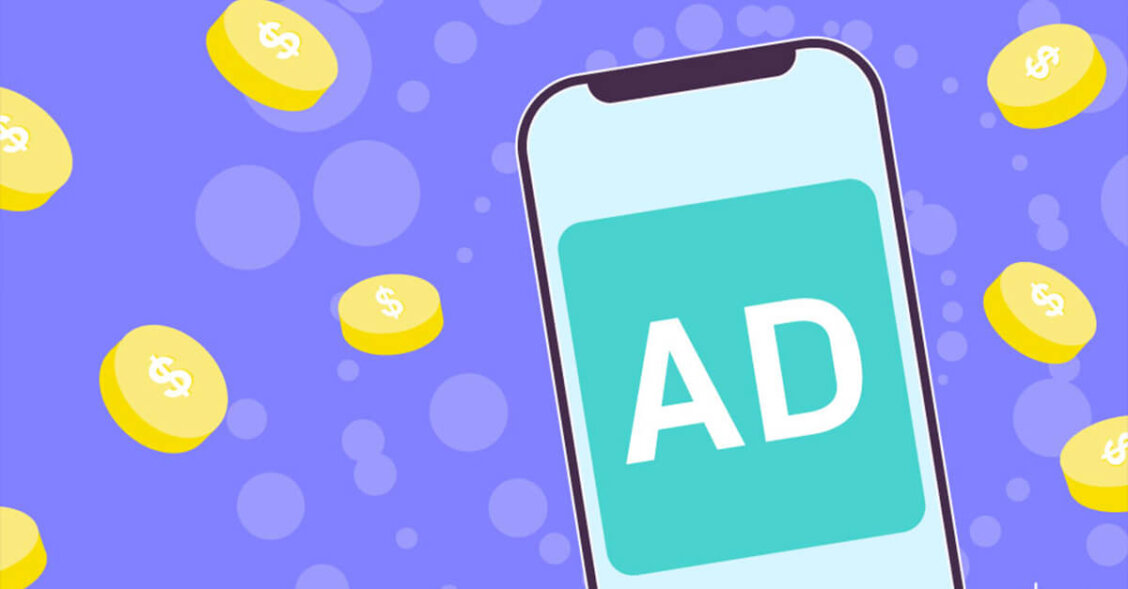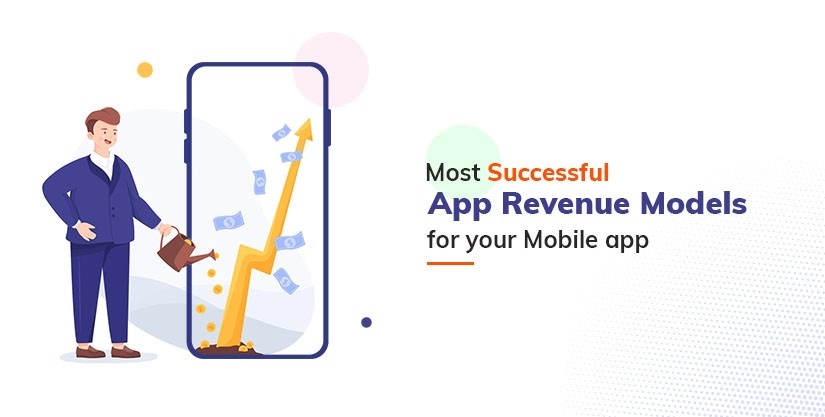In the ever-evolving landscape of mobile applications, finding the right revenue model is crucial for the success of your app. Whether you're a seasoned developer or just starting, understanding the various revenue models available is vital. In this article, we'll explore different revenue models and how they can be harnessed for your mobile app's business model.

Freemium Model: Balancing Free and Premium
The freemium model is a popular choice for many app developers. It offers users a free version of the app with the option to upgrade to a premium, ad-free version. This model allows you to reach a broader audience while generating revenue from premium users. However, striking the right balance between free and premium content is crucial to retain user interest.
Successful examples of the freemium model include Spotify and Candy Crush, which offer free versions with in-app purchases or subscriptions for premium features.
In-App Advertising: Monetizing Through Ads
In-app advertising involves displaying ads within the app to generate revenue. When done right, it can be a lucrative revenue stream. However, it's essential to ensure that the ads do not disrupt the user experience. Implementing targeted ads relevant to your audience is key to success.
Apps like Facebook and Instagram have mastered in-app advertising by delivering ads seamlessly to users based on their preferences.
In-App Purchases: Unlocking Additional Value
The in-app purchases model allows users to buy virtual goods, features, or upgrades within the app. Developers can monetize by offering extra value to users who are willing to pay. To excel with this model, it's essential to create enticing and meaningful in-app purchase options.
Games like Clash of Clans and mobile editing apps like VSCO have achieved great success with in-app purchases.
Subscription Model: Steady Revenue Stream
The subscription model provides users with access to the app's features for a recurring fee. This model can guarantee a steady revenue stream, provided you offer compelling content or services. Retaining subscribers is key to its success.
Apps like Netflix and The New York Times use subscription models effectively, offering exclusive content to their subscribers.
Pay-Per-Download Model: Charging for Initial Access
The pay-per-download model involves users purchasing the app before accessing its features. While this model can be profitable, it may limit your audience compared to free apps. Ensuring that your app provides significant value is essential.
Apps like Minecraft and Monument Valley have succeeded with pay-per-download models.
Affiliate Marketing: Partnering for Profit
Incorporating affiliate marketing into your app can be a lucrative strategy. By promoting products or services through your app and earning a commission on sales, you can boost your revenue. Effective partnerships and well-placed promotions are essential for success.
Apps like Groupon and Honey have harnessed affiliate marketing to enhance their revenue.
Crowdfunding: The Power of the Community
Crowdfunding involves seeking financial support from a community of users to fund your app's development or expansion. Launching a successful crowdfunding campaign requires careful planning and a compelling pitch.
Notable apps like Oculus Rift used crowdfunding to raise capital for their projects.
Hybrid Models: Combining the Best of Both
Hybrid models involve combining two or more revenue strategies to maximize earnings. The key is finding a balance that works for your app and audience. This flexibility can help you adapt to changing market conditions.
Emerging Trends: Staying Ahead
In the fast-paced world of mobile apps, staying up-to-date with emerging trends is essential. New revenue models and technologies are continually emerging. Being agile and ready to adapt to evolving user preferences can give your app a competitive edge.
Conclusion
Choosing the right revenue model is a critical decision in the success of your mobile app. Whether you opt for the freemium model, in-app advertising, in-app purchases, subscriptions, pay-per-download, affiliate marketing, crowdfunding, or a hybrid approach, understanding your audience and offering value is key. Stay updated with emerging trends and be prepared to adapt to changing market dynamics. Your app's financial success depends on it.
FAQs
1. How do I determine which revenue model is best for my app?
- Assess your target audience, the nature of your app, and your competitors to make an informed choice.
2. Can I change the revenue model for my app after its launch?
- Yes, but it should be done with caution and proper planning to avoid disrupting the user experience.
3. What are some emerging trends in app revenue models?
- Emerging trends include blockchain-based monetization and the use of non-fungible tokens (NFTs) in apps.
4. How can I maximize revenue with in-app advertising without annoying users?
- Targeted ads, limited interruptions, and user-friendly ad formats are key to success.
5. Are there any legal considerations when implementing affiliate marketing in my app?
- Yes, you should comply with applicable laws and regulations related to advertising and marketing.

